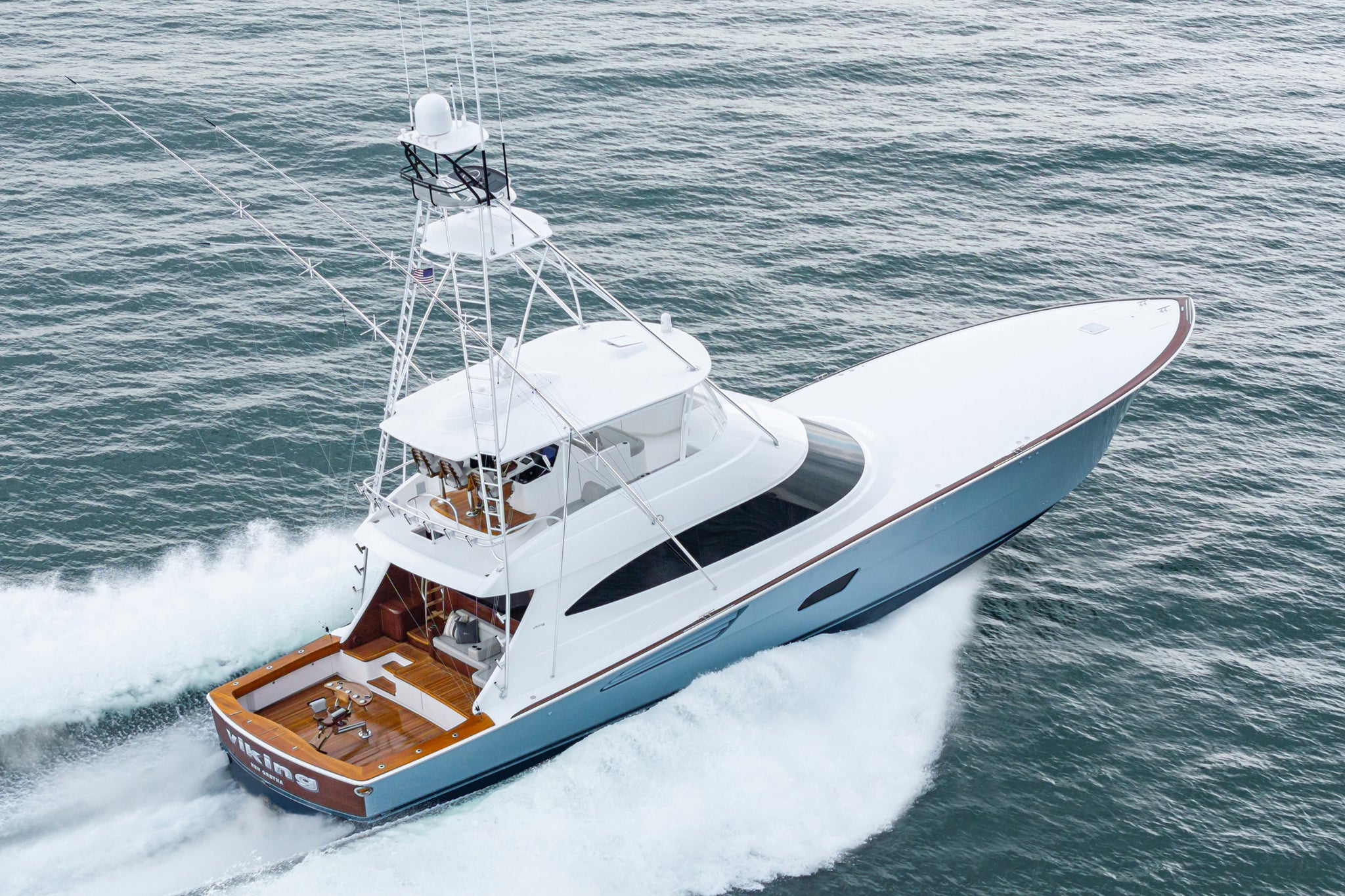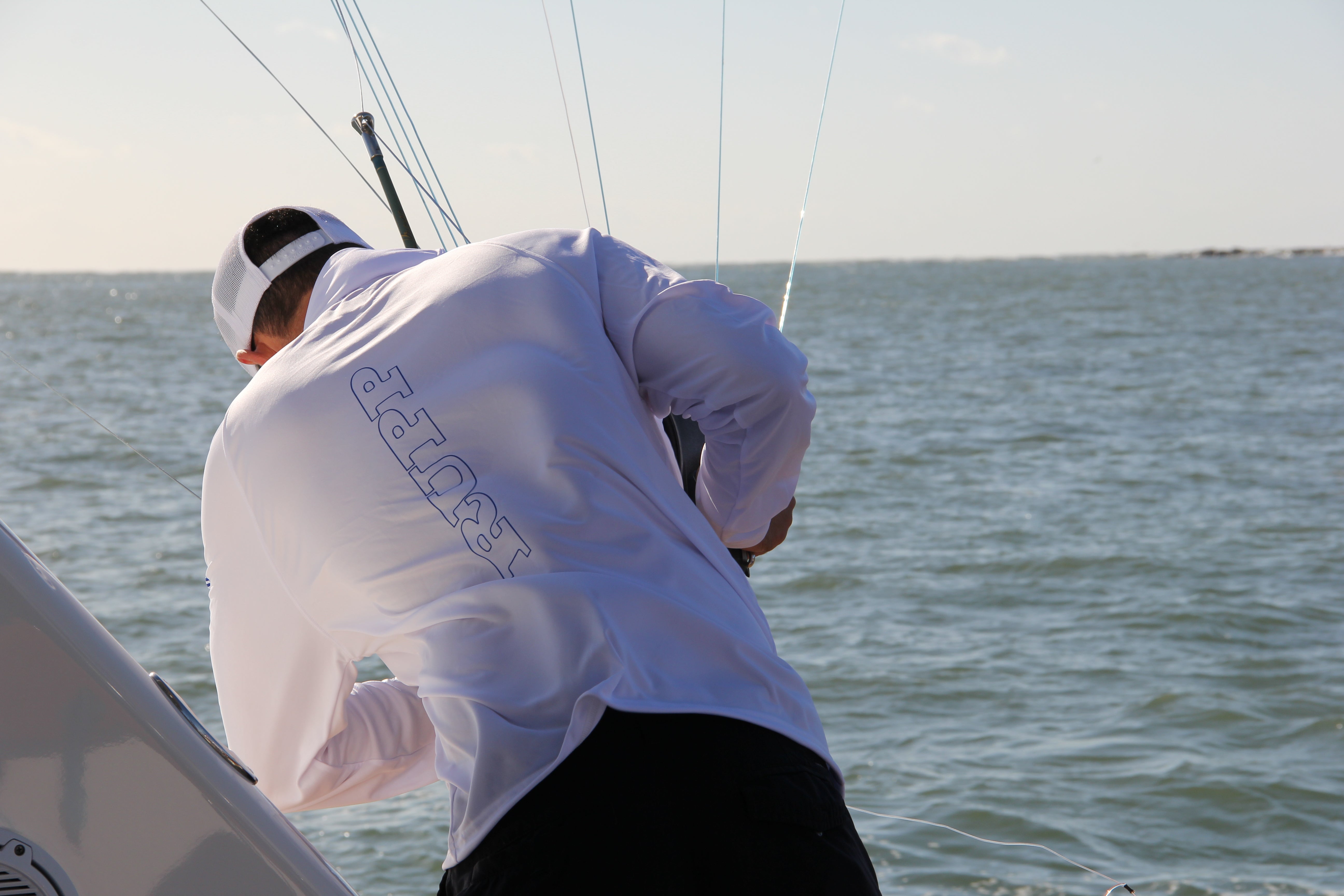Treasure Coast Newspapers - July 3, 2024

Fishing for Ronnie Houck Jr. has never been just a job, it’s been a way of life.
“I started out fishing with my father in the river,” said the 66-year-old commercial fisherman. “I picked up on all that information just by watching. I was fishing with him from 7 or 8 years old.”
The third-generation fisherman -- a rarity now among those working the Treasure Coast waters -- was born in Martin Memorial Hospital in Stuart, now Cleveland Clinic Martin North Hospital.
He grew up in the tiny fishing village of Port Salerno, often called the waterfront district, among the many fish houses that once dotted Manatee Pocket and net racks that lined Dixie Highway.
Today, the residential and fishing village of Port Salerno is on the south side of Stuart in Martin County, along the St. Lucie River near the inlet to the Atlantic Ocean. The waterfront district is at the south end of Manatee Pocket, adjacent to State Road A1A.
Houck's maternal grandparents had swapped snowballs for sunshine when they moved from Ohio to Martin County in 1963. They spent their retirement commercial fishing in the river.
“When I was a kid, I remember driving down the road and the fishermen would be walking back and forth to go fishing and most of them were barefooted, and the wealthy, more prosperous ones had boots,” said Houck. “It was a really neat place."
There were many similar "working waterfronts" around the state back then, where fish houses were plenty and commercial fishermen thrived.

Florida now has about 24 working waterfronts, some that no longer only comprise commercial and recreational fishing, but other water-dependent businesses, according to the Waterfronts Florida Program. On the Treasure Coast, there's Port Salerno and Sebastian.
Sebastian's working waterfront showcases the rich cultural history of the fishing industry, according to the city's chamber of commerce. "It is alive and thriving today, along with plenty of water-based activities ..."
While Fort Pierce has no such designated working waterfront, several family fishing businesses are trying to stay alive against the rising costs of dockage, fuel, equipment and other expenses.
Next generation not getting into business as often

Bruce Stiller’s paternal grandfather traveled from northern Georgia in a covered wagon to become a fisherman. Stiller’s father and his family landed in Port Salerno in the late 1920s.
“This place was so known for its fishing because of the freshwater dumping out of the St. Lucie River .... that freshwater with the ocean water, it makes a fish haven,” said the 72-year-old retired waterman.
Get the State of Florida Recruiting HQ newsletter in your inbox.
Your weekly rundown of high school recruiting news in Florida.
Delivery: Mon
Your Email
At one time, the commercial fishing industry was described as the “backbone of the community.”
Today, handing down the tradition to the next generation doesn’t happen as often.
“I took my son fishing quite a bit and he told me, ‘Dad, I think there’s a better way’ and he went to college and got his master’s (degree) in business,” said Houck. “I knew how hard it was, and I was kind of glad.”
But, becoming a commercial fisherman at the age of 16 was an easy decision for Houck.
“I just loved to fish, and I felt like I could make it,” he said.
Stiller attributes another of the reasons the next generation isn’t getting into the business as often is because of environmental issues.
“There wasn’t the fish to support and that's why it died out,” he said. “It wasn’t because the fisherman didn't want to be fisherman anymore, it was because the Lake O water polluted the St Lucie River.”
Water released from Lake Okeechobee contains nutrients such as phosphate and nitrogen, too much of which can be harmful, causing fish kills and a decrease in aquatic life.
Enduring the ups and downs
After decades of prosperity, commercial fishermen took a major hit.
In 1994, Floridians banned gill-net fishing by referendum vote, making the use of gill and other entanglement nets larger than 500 square feet in the mesh area illegal to use in state waters, which included the Indian River Lagoon and 3 miles east into the Atlantic Ocean.
Proponents said the need for the regulatory measures was the concern for the long-term health of finfish species, such as mullet, spotted seatrout, Spanish mackerel and bluefish, according to a study from the University of Florida.
Houck said development, seagrass loss, fertilizers and septic tanks have significantly impacted the health of the river and lagoon.
He remembers a time when the river was an estuary playground overflowing with diversity.
“My father had a tackle shop there in his fish house and we would get a little seine ... we would go out there and in 30 minutes we would have 500 shrimp and thousands of juvenile fish in there,” he said. “It was unbelievable in the river and around the islands.”

Not giving up on commercial fishing
The net ban devastated Houck and his family and many watermen left the industry.
“All my brothers fished, but when they banned the nets, they got out of it and started a different line of work,” he said.
Houck lost everything and had to start over.
“I lost about a quarter of a million dollars,” he said. “It was bad. We got hit hard. I’d go two or three nights straight, not even sleep."
After earning his master captain's license and deciding that wasn’t for him, he began the grueling task of learning to make a living with cast nets and a line. Cast nets are much smaller than gill nets and require a lot more work to catch fish. Handline fishing is done with a line and a hook. Fish are caught one by one by hand.

Houck attributes his tenacity to keep fishing to his father.
“He was Capt. Bligh. He wanted a lot out of me. He wanted me to work hard, and I did,” Houck said about working on his father’s boat. “Thank God for that, because without that, I don't know if I would have made it.”
After the repetitive nature of throwing cast nets and lines by hand wore his body down, he started fishing king mackerel by hook and line.
"It’s very difficult getting on the fish and staying on the fish. You’ll starve when you start out for a few years before you learn it,” he said.
Once upon a time, fishermen could catch any fish and sell it.
Nowadays, they can only catch certain fish in certain amounts at certain times of the year.
“It’s changed a lot. We're on a quota. We catch that quota and they shut us down,” said Houck.
Banding together to save Port Salerno's identity
After the gill-net ban and the last fish house, C&W Fish Company, was sold in the late 90s, historic Port Salerno was on the verge of losing its commercial fishing identity.
Local fishermen banded together creating the Port Salerno Commercial Fishing Dock Authority in 2001. The nonprofit now leases the docks from Martin County.
According to the nonprofit, there were 253 full-time working commercial fisherman in Martin County before the net ban. After, there were 40.
The unified effort saved one of the last two remaining working waterfronts on the Treasure Coast.

Today, fishermen bring their day's catch to one of the 11 docks to sell to one of several wholesale fish companies, including Seafood Atlantic, Cape Canaveral; and Ariel Fisheries Inc., Destin. The fish are then sent to locations around Florida for processing.
The town’s legacy is intertwined with challenges commercial fisherman face –– development, regulations, population growth and environmental issues.
Stiller said fishermen are integral to the dialogue surrounding the industry's future.
“Fishermen are the thermometer of the river and the ocean, because we were out there all time,” he said. “We see the change.”
Despite the hard times Houck has endured, he has no regrets and credits his success to his wife of 48 years, Dana.
“I would never take it back,” he said. “I had a good life. It was hard ... when things got tough, she was right there with me," he said. "That's what kept me fishing.”
Crystal Vander Weit is a visual journalist for TCPalm and Treasure Coast Newspapers. You can reach her at crystal.vanderweit@tcpalm.com.



